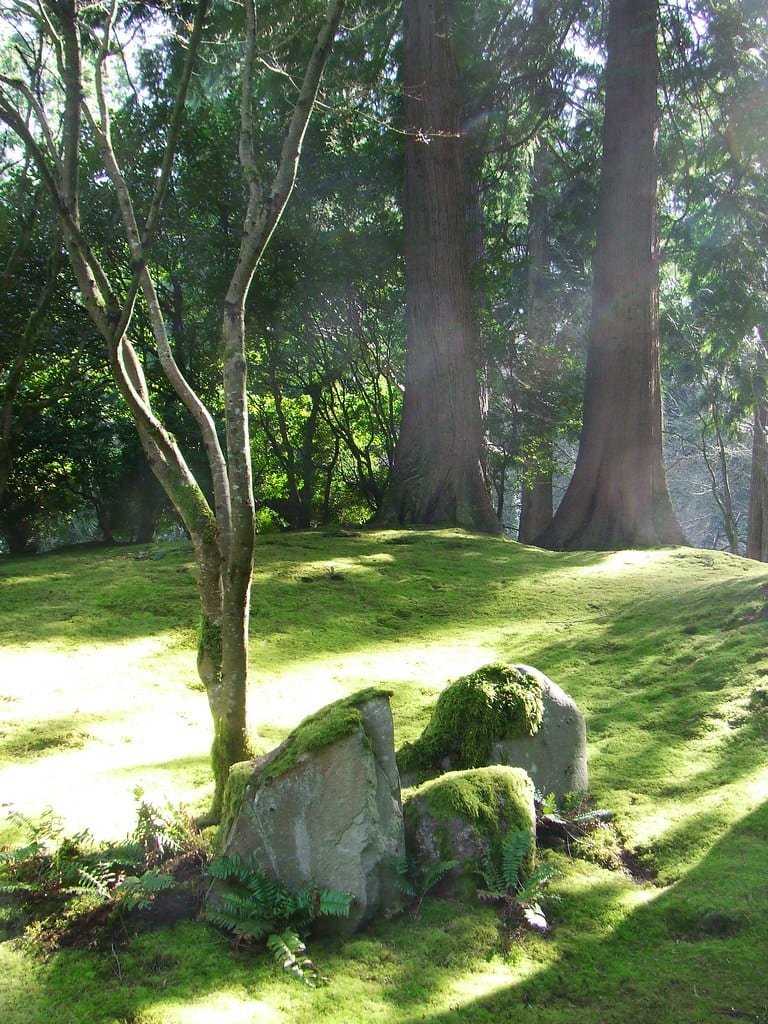Article assessible at: https://zenbird.media/happiness-in-leftovers-fuku-gohan-project-reduces-local-food-loss/
The article introduces us to an open-air market event in central Tokyo and the unique efforts that go into reducing food waste. While vendors of the event, ‘Hama-cho Marche’, are encouraged to ‘bring plenty of food’ (Shizume, 2019) to satisfy customers’ needs, they face the problem of food wastage from leftover products. With the help of organisers at Tokyo Good Manners Project Association and the local community, they came up with the idea of ‘Fuku Gohan Project’ to cut down on the wastage by 1) reselling leftover food at nearby companies, 2) selling meals made from leftover products in local restaurants and 3) using unsold fruits to create fruit spas in a public bath. Such efforts are considered ‘green’ as it is environmentally friendly and promotes sustainability.
Right at the start, the concept of mottainai was mentioned. The popular Japanese term can be roughly translated to ‘wasteful’ or ‘don’t waste unnecessarily’ (Iwatsuki, 2008). The author also mentioned ‘respect’, casting the Japanese and their awareness of (as well as their actions against) such problems in a positive light. However, as this project is an individualised case, it is unlikely to be replicated throughout Japan and the effectiveness is limited.
It ends on an optimistic note hoping consumers will become more aware through proper education and thus will be more proactive in reducing personal waste. However, an article from The Japan Times sheds light to the contradictory behaviour of Japanese (Kalland & Asquith, 1997) when it comes to food wastage. According to a recent survey by the Consumer Affairs Agency, 70% of respondents claimed that they were aware of food wastage and made efforts to reduce waste (The Japan Times, 2019). But interestingly, they also displayed evidence that they were not taking concrete steps to deal with the problem (The Japan Times, 2019).
This is consistent with Kalland and Asquith’s argument (1997), where throughout the article, they discussed the contradictory discourse on Japanese and their love for nature and environment. For example, their pursue of love and harmony for nature versus their over exploitation and pollution of the land (Kalland & Asquith, 1997). And similarly, we see such contradictions in this article where they believe and advocate for a certain idea when the reality is much different. It serve to show that even Japanese themselves are sometimes deluded with the optimistic belief on how environmentally friendly they are. However, this is not an attempt to undermine Japan’s efforts in reducing waste, but a reminder to judge the actual effectiveness of their efforts with a pinch of salt.
(406 words)
References:
Iwatsuki, K. (2008). Harmonious co-existence between nature and mankind: An ideal lifestyle for sustainability carried out in the traditional Japanese spirit. Humans And Nature, 19, 6-7. Retrieved from https://www.hitohaku.jp/publication/HN19-1.pdf
Kalland, A., & Asquith, P. (1997). Japanese Perceptions of Nature: Ideals and Illusions. In A. Kalland & P. Asquith, Japanese Images of Nature. Richmond, UK: Curzon.
Shizume, C. (2019). Happiness in leftovers! “Fuku Gohan Project” reduces local food loss | Sustainability from Japan – Zenbird. Retrieved 16 February 2020, from https://zenbird.media/happiness-in-leftovers-fuku-gohan-project-reduces-local-food-loss/
The Japan Times. (2019). Addressing the nation’s food waste problem. Retrieved from https://www.japantimes.co.jp/opinion/2019/05/26/editorials/addressing-nations-food-waste-problem/#.Xkmv8GgzY2x


